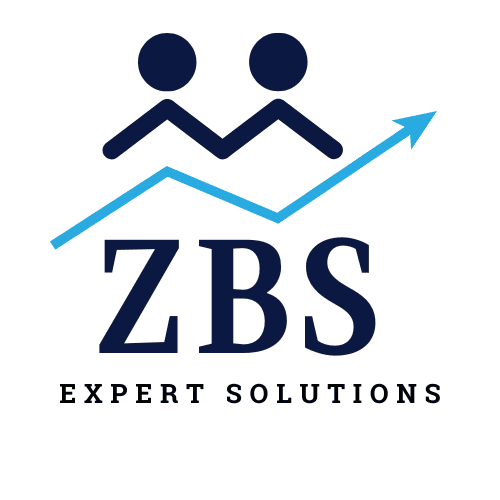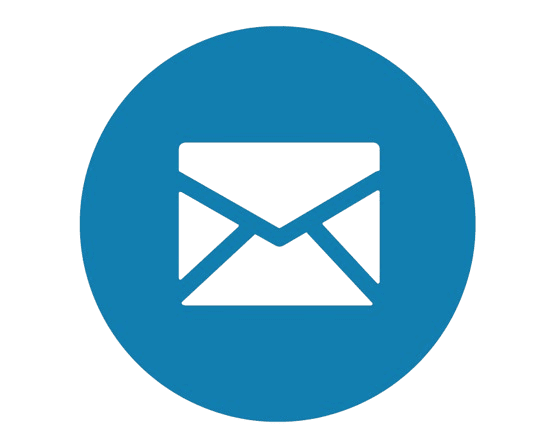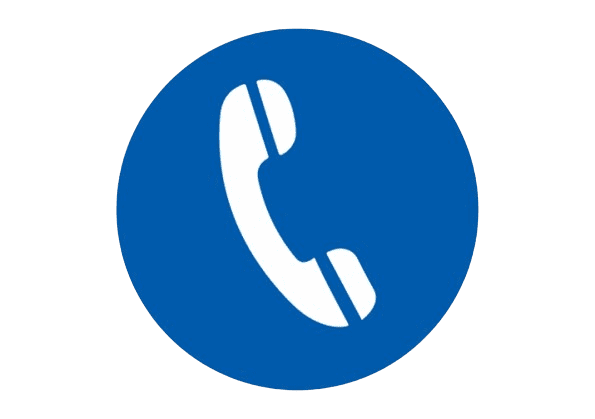In today’s digital-first world, businesses are increasingly relying on SaaS tools to streamline operations and enhance team collaboration. Whether you’re managing a remote workforce management system or automating marketing processes, the right SaaS marketing automation tools can make all the difference. With remote work becoming the norm, it’s essential to leverage the best SaaS tools to improve teamwork, communication, and productivity.
This blog explores how businesses can boost collaboration using SaaS tools, ensuring seamless interactions, increased efficiency, and a more connected workforce.
Why Businesses Need SaaS Tools for Collaboration
Traditional work setups relied heavily on in-person meetings, emails, and manual workflows. However, with distributed teams and evolving business needs, companies must adopt smarter ways to stay connected. SaaS tools provide cloud-based solutions that enable employees to collaborate from anywhere in the world.
One of the biggest advantages of these tools is real-time communication. Instant messaging and video conferencing eliminate delays, allowing teams to stay connected without unnecessary back-and-forth emails. Project management efficiency is another key benefit, as task automation and tracking features improve workflow and productivity. Since these solutions are cloud-based, they also ensure remote accessibility, allowing employees to work from anywhere without disruptions. Additionally, SaaS tools are cost-effective, eliminating the need for expensive infrastructure, and they offer scalability to grow with business needs.
Best SaaS Tools for Team Collaboration
1. Slack – Instant Communication and Collaboration
Slack is one of the most popular SaaS tools for real-time messaging, file sharing, and team collaboration. It replaces lengthy email threads with organised channels, making it easier for teams to communicate. With features like instant messaging, voice and video calls, and integration with project management tools, Slack ensures smooth workflow management.
2. Trello – Visual Project Management
Trello is widely used as a remote workforce management system, allowing teams to manage projects through boards, lists, and cards. Its intuitive interface simplifies task tracking, helping businesses keep projects organised. Features such as a drag-and-drop interface, customisable workflows, and automation make it an efficient tool for collaboration across departments.
3. HubSpot – Powerful SaaS Marketing Automation Tool
For businesses looking to automate marketing processes, SaaS marketing automation tools like HubSpot provide an all-in-one solution for email marketing, CRM, and analytics. It enables teams to set up automated email campaigns, track performance, and seamlessly integrate with CRM systems for enhanced customer engagement.
4. Asana – Task and Workflow Management
Asana is a robust platform for managing tasks and workflows. It helps teams stay organised with structured project timelines and automated task management. With features like custom task automation, shared calendars, and collaborative file sharing, Asana improves productivity by ensuring that all tasks are completed on time.
5. Zoom – Virtual Meetings and Webinars
For businesses operating with remote workforce management systems, Zoom provides high-quality video conferencing and webinar solutions. Its features, including HD video calls, breakout rooms, and calendar integrations, make it a vital tool for remote communication and team collaboration.
How SaaS Tools Improve Teamwork and Communication
Using the best SaaS tools isn’t just about streamlining tasks—it’s about transforming how teams interact and work together.
One of the biggest advantages of these tools is centralised communication. A remote workforce management system ensures all employees have access to the same information, reducing miscommunication and delays. Tools like Slack and Zoom enable instant discussions, while project management software like Trello keeps teams aligned.
Automated workflows are another key benefit. With SaaS marketing automation tools, teams can automate repetitive tasks, allowing them to focus on more strategic work. Marketing teams, for example, can use HubSpot to schedule campaigns, track performance, and nurture leads without manual effort.
Moreover, SaaS tools enhance productivity by improving workflow management. Task reminders, shared calendars, and automated reporting help teams stay on track and ensure accountability. By reducing time spent on administrative tasks, employees can focus on core business activities.
For businesses with remote teams, engagement and collaboration are crucial. A remote workforce management system fosters engagement by keeping employees connected through video calls, virtual brainstorming sessions, and collaborative documents. These tools help remote employees feel part of the team, even when working from different locations.
Finally, real-time feedback and collaboration significantly improve efficiency. Teams can share files instantly and work together on the same document simultaneously, reducing the need for multiple email exchanges. Platforms like Google Drive, Slack, and Asana make it easy for teams to provide instant feedback and make quick decisions.
Future of SaaS Tools in Business Collaboration
The demand for SaaS tools continues to grow as companies adopt hybrid and remote work models. Future trends indicate that these tools will become even more advanced and integrated.
One major development is the rise of AI-powered automation, where SaaS marketing automation tools will leverage machine learning to optimise marketing campaigns and improve efficiency. Additionally, virtual collaboration spaces will evolve, with platforms like Microsoft Teams and Slack integrating augmented and virtual reality for more immersive meetings.
Another crucial trend is the focus on enhanced cybersecurity. As businesses store more sensitive data in the cloud, remote workforce management systems will implement stronger encryption and authentication measures to protect information. Furthermore, seamless cross-platform integrations will become a priority, allowing SaaS tools to work together more effectively and create smoother workflows.
Conclusion
By leveraging tools like Slack, Trello, HubSpot, Asana, and Zoom, businesses can create a seamless, efficient, and highly productive work environment—regardless of where their teams are located. Now is the time to embrace SaaS tools and take collaboration to the next level!




